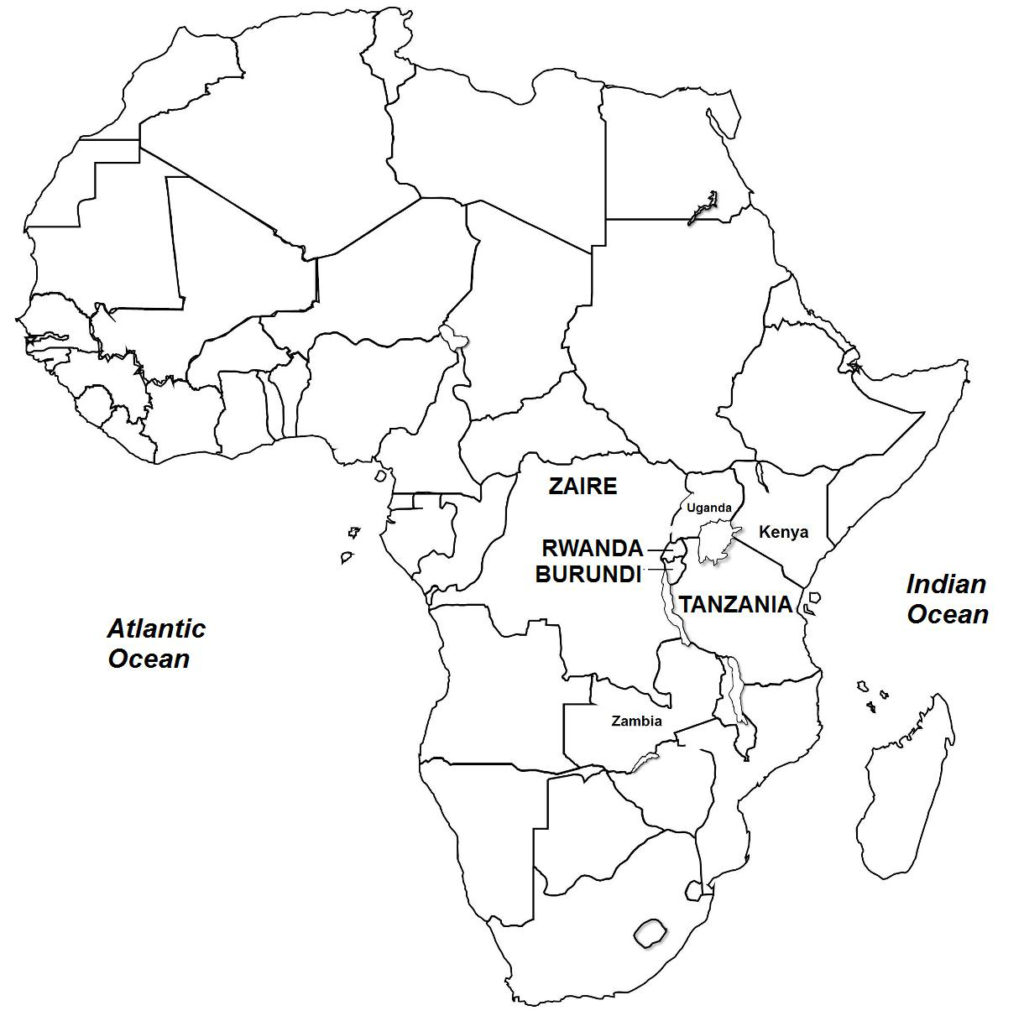On April 11, 1979, General Idi Amin was removed from power when the Tanzanian Army, supported by Ugandan rebels, invaded and took over Uganda. Uganda then entered a transitional period aimed at a return to democracy, a process that generated great political instability. A succession of leaders held power only briefly because of tensions between the civilian government and the newly reorganized Ugandan military leadership. Furthermore, ethnic-based political parties wrangled with each other, hoping to gain and play a bigger role in the future government.
(Taken from Uganda-Tanzania War – War of the 20th Century – Volume 3)
Background In January 1971, Ugandan President Milton Obote was overthrown in a military coup while he was on a foreign mission. Fearing for his safety, he did not return to Uganda but flew to Tanzania, Uganda’s southern neighbor, where Tanzanian President Julius Nyerere gave him political sanctuary. President Nyerere’s action, however, was not well received by General Idi Amin, the leader of the Ugandan coup, and relations between the two countries deteriorated.
In Uganda, General Amin took over power and established a military dictatorship, and named himself the country’s president and head of the armed forces. He carried out a purge of military elements that were perceived as loyal to the former regime. As a result, thousands of officers and soldiers were executed. General Amin then formed a clique of staunchly loyal military officers whom he promoted based on devotion and subservience to his government rather than on merit and competence. In lieu of local civilian governments, General Amin set up regional military commands led by an army officer who held considerable power. Corruption and inefficiency soon plagued all levels of government.
Military officers who had been bypassed or demoted from their positions became disgruntled. Many of these officers, including thousands of soldiers, crossed the border to Tanzania and met up with ex-President Obote and other exiled Ugandan leaders. Together, they formed an armed rebel group whose aim was to overthrow General Amin. The rebels were well received by the Tanzanian government, which provided them with military and financial support.
In 1972, the rebels launched an attack in southern Uganda and came to within the town of Masaka where they tried to incite the local population to revolt against the Ugandan government. No revolt took place, however. General Amin sent his forces to Masaka, and in the fighting that followed, the rebels were thrown back across the border.

Map 21. Africa showing location of Uganda and Tanzania, and nearby countries.
Ugandan planes pursued the rebels in northern Tanzania, but attacked the Tanzanian towns of Bukoba and Mwanza, causing some destruction. The Tanzanian government filed a diplomatic protest and increased its forces in northern Tanzania. Tensions rose between the two countries. Through mediation efforts of Somalia, however, war was averted and the two countries agreed to deescalate the tension, and withdrew their forces a distance of ten kilometers from their common border.
